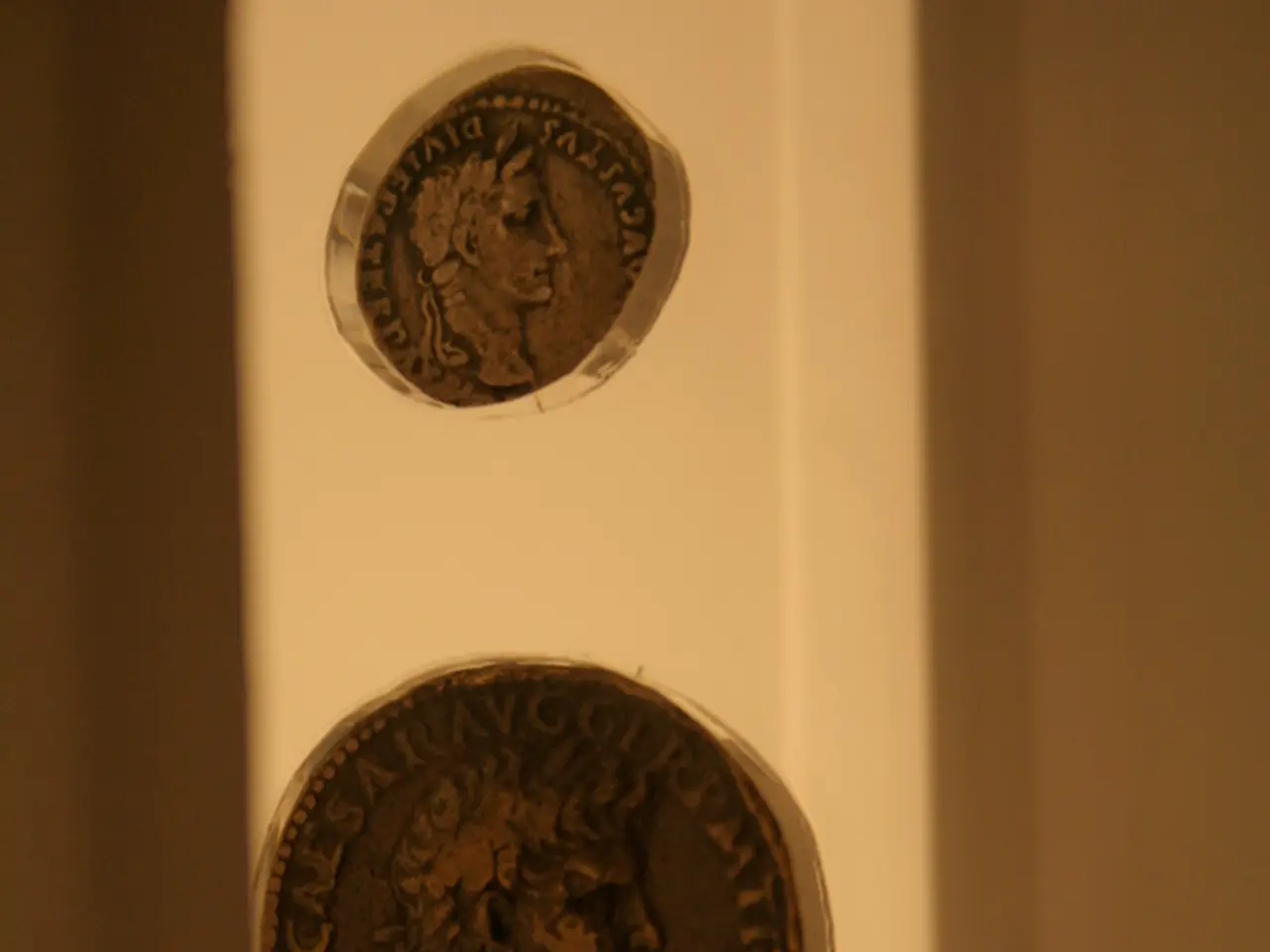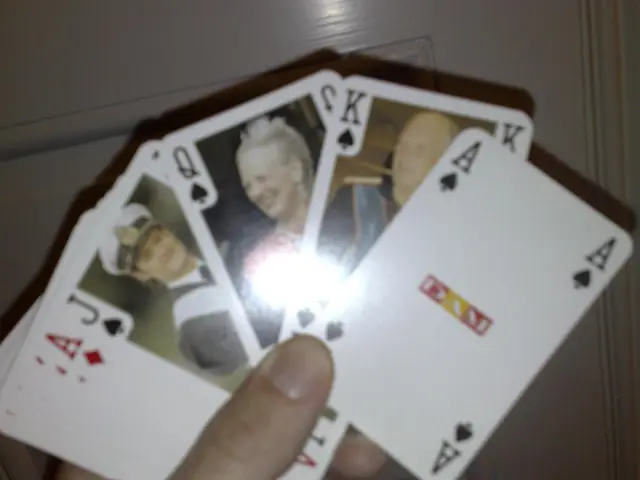Mastering Personal Gambling: Wilson's Guide (Part 2 of 3)
==================================================================
In a captivating three-part series, we delve into the world of gaining a mathematical edge in games. The second instalment introduces us to "Penney's Game," a thrilling coin toss game that showcases the intriguing non-transitive nature of games.
"Penney's Game" is a simple yet intriguing game where one coin is flipped repeatedly until a specific three-coin combination appears as chosen by the opponent. The chosen three-coin combination should be considered as A/B/C, where A and B are fixed, and C is the opponent's third flip option.
The game is part of a series that explores various games for entertainment purposes only. Another game proposed in this series is "Threesomes," where the player bets on all three coins landing either all heads or all tails, and the bettor pays two to one if the player wins. However, in "Threesomes," the bettor has a disadvantage, as they lose if the coins land with any outcome other than all heads or all tails.
A third game discussed is "Eight Coins Out," where the bettor has an advantage, as they win if the result is one, two, three, five, six, or eight heads. In "Eight Coins Out," the odds favor the player in the worst case scenario, and are seven to one in the best case scenario.
The secret to "Penney's Game" lies in a simple calculation based on the opponent's chosen three-coin combination. To find X/A/B for a given A/B/C, remove C and add the opposite of B to the beginning of your three-coin combination.
To calculate the edge (winning probability advantage) in a three-coin Penney's game, you use a formula derived from Conway's method based on the overlaps of the two chosen three-coin sequences. This calculation involves representing sequences as words in {H,T}, calculating overlap functions, applying Conway’s formula or equivalent generating function methods, and comparing the resulting probabilities for first appearance.
Although no simpler closed-form formula exists for arbitrary sequences beyond these overlap-based computations, these methods are well-documented in the literature on Penney's game and can be implemented programmatically if desired. The exact winning probabilities can be expressed and calculated from the sequences using the overlaps and Conway's formula, as shown by Guibas and Odlyzko’s proof cited in recent research on Penney's game variants.
Calculating X/A/B for all three-coin combinations from the previous game (Threesomes) can give you a powerful winning strategy in "Penney's Game." It's essential to note that all games discussed do not involve manipulated coins, but use fair coins.
For those interested in exploring the intricacies of "Penney's Game" further, the detailed theory and Conway’s formula explanations can be found in the arXiv research papers from 2025.
In the continuation of the informative series about games, we also examine the blog related to casino-and-gambling, discussing gambling trends such as "Penney's Game" and other entertaining games like "Threesomes." For instance, "Penney's Game" is an interesting coin toss game with a strategic edge, while "Threesomes" is a game where the player can win two to one if all three coins land on the same side, but the bettor has a disadvantage with any other outcome. Understanding the strategies and winning probabilities in games like "Penney's Game" can be found in the detailed theory and Conway's formula explanations, available in relevant entertainment-focused blogs and research papers, such as those found on the arXiv in 2025.




